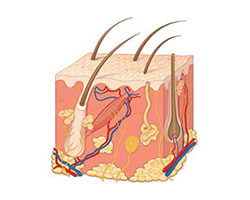
| Report Code: 40018 | Report Type: Indication Pipeline Reports | Available format: |
| Therapeutic Area(s): | Dermatology |
Venous leg ulcers (VLUs) are defined as open lesions between the knee and ankle joint. It is the most common cause of leg ulcers, accounting for 60-80% of the total reported cases. The prevalence of VLUs is between 0.18% and 1%, which increases with age and can increased to 4% in patients aged 65 or above. The risk factors for development of VLUs include aging, obesity, trauma, immobility, congenital absence in veins, deep vein thrombosis (DVT), phlebitis, and factor V Leiden mutation. Possible causes of VLUs include inflammatory processes resulting in leukocyte activation, endothelial damage, platelet aggregation, and intracellular edema. As per the physical examination, VLUs are generally irregular, shallow, and located over bony prominences. Granulation tissue and fibrin are typically present in the ulcer base. VLUs are usually recurrent, and an open ulcer that can persist for weeks to many years. The treatment options for VLUs include conservative management, mechanical treatment, medications, and surgical options.
The drug candidates of VLUs pipeline includes, but not limited to, topical granexin gel, and diperoxochloric acid. FirstString Research Inc., and Promore Pharma AB are two major companies having drugs in the VLU pipeline.